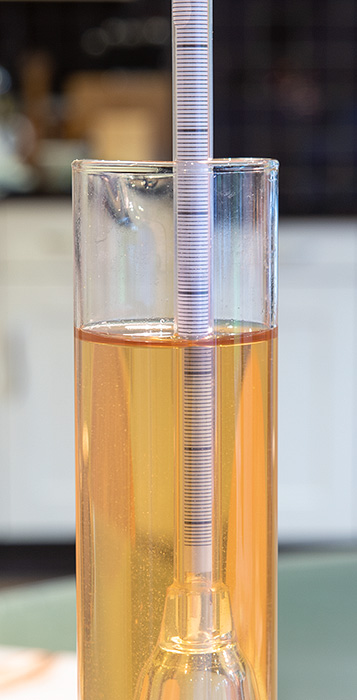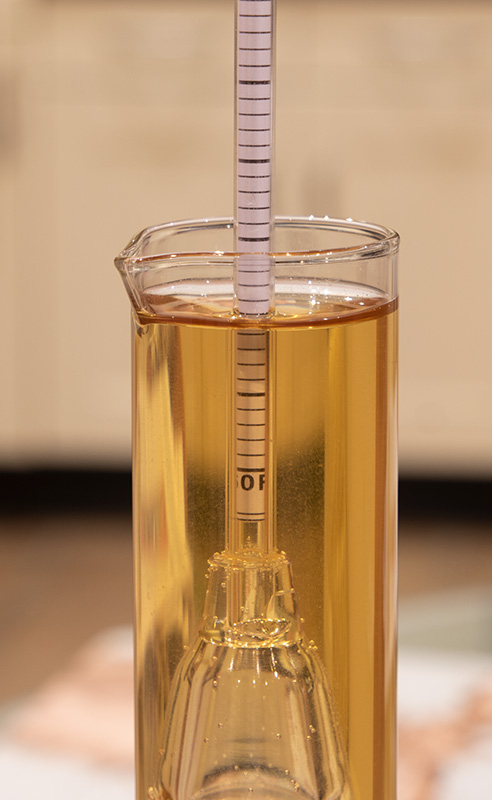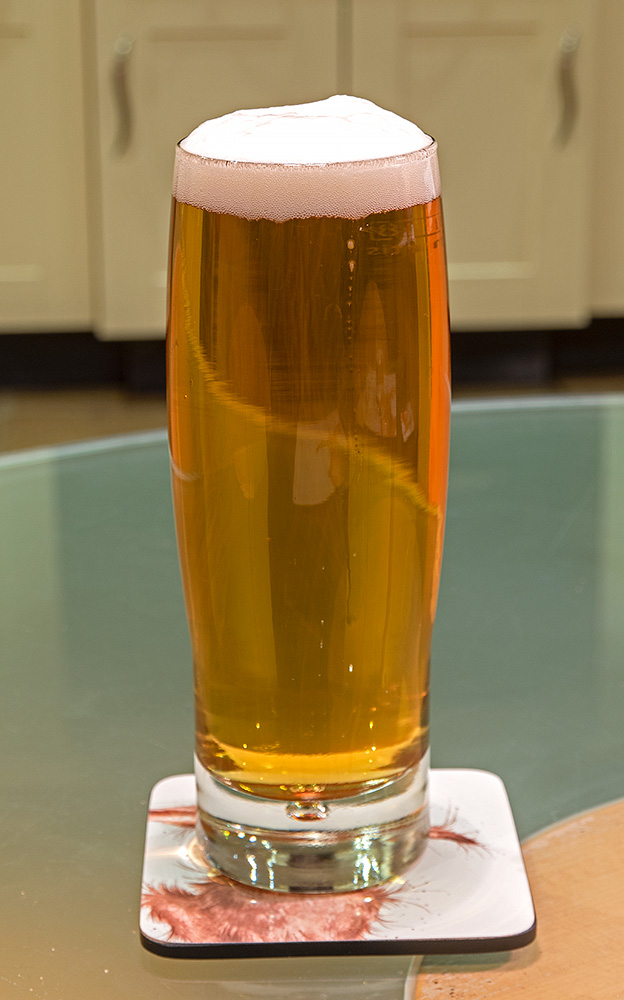It's the Tuesday before a brewing weekend therefore it must be yeast starter day! I made up a 1.5 litre starter using this saved back Yeast Bay WLP4000 Vermont yeast from the fridge, which now looks like this:

I decanted off most of the spent wort, swirled it up and added it to the 1.5 litres of cooled DME solution:
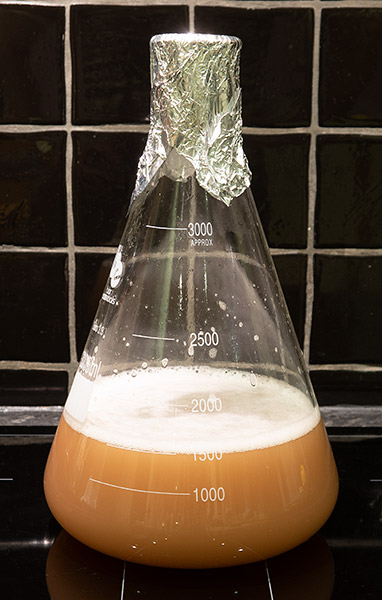
That's now in the brew-fridge at 19-20C where it'll stay for the next couple of days while it ferments out. I'll keep back 0.5 litres again and cold crash the remainder until Sunday.

I decanted off most of the spent wort, swirled it up and added it to the 1.5 litres of cooled DME solution:

That's now in the brew-fridge at 19-20C where it'll stay for the next couple of days while it ferments out. I'll keep back 0.5 litres again and cold crash the remainder until Sunday.




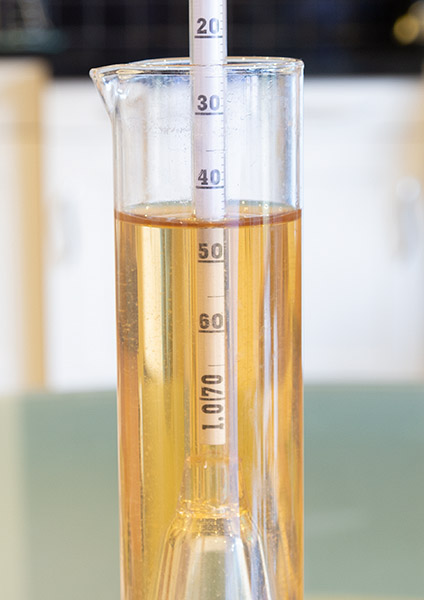





































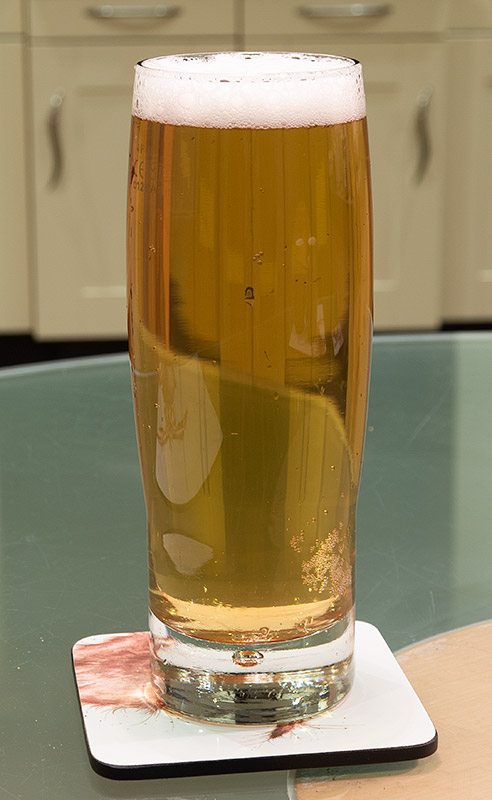
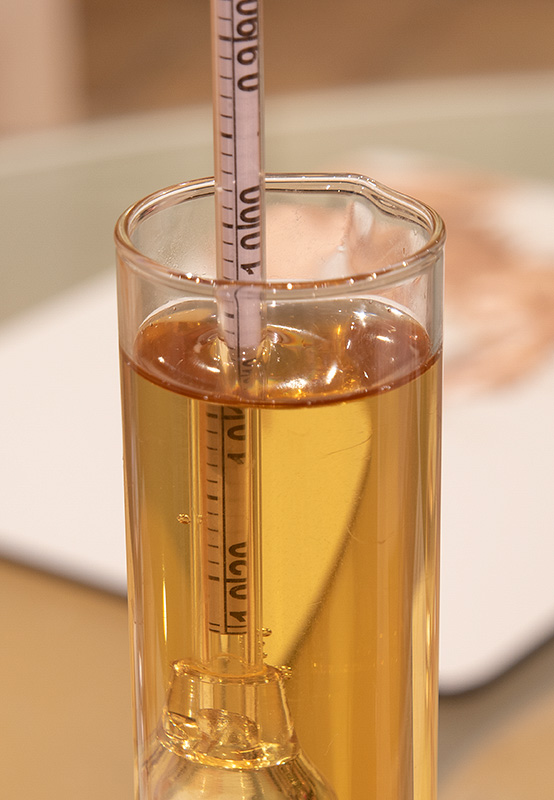
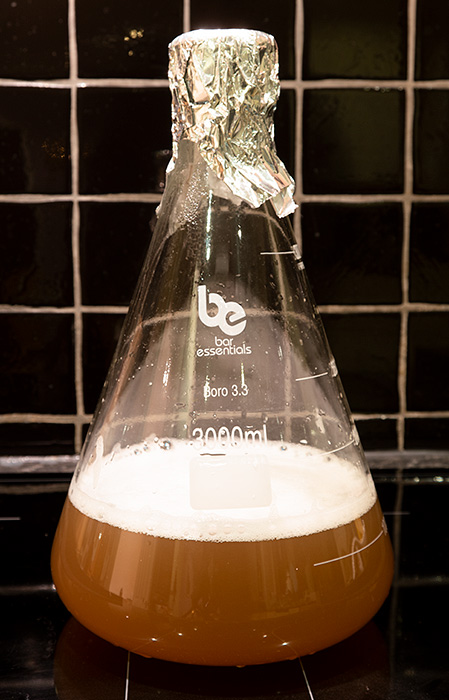
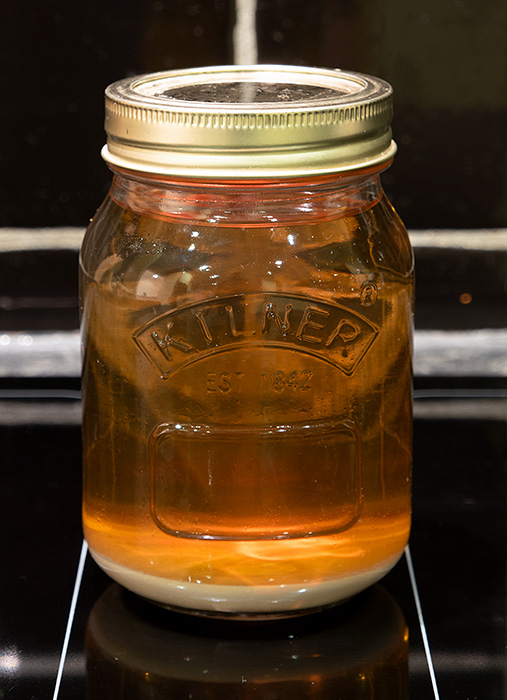
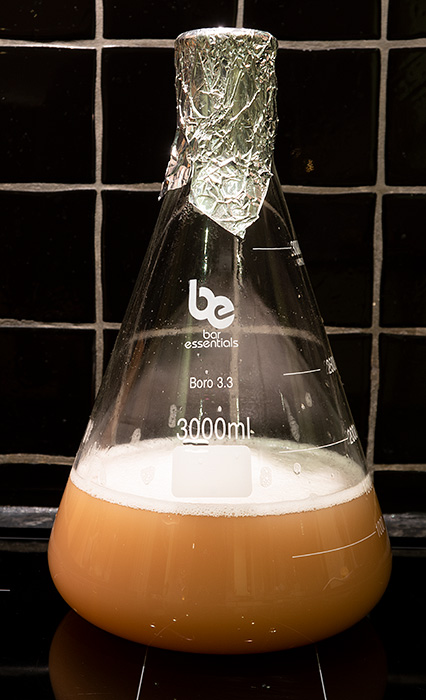
 ).
).